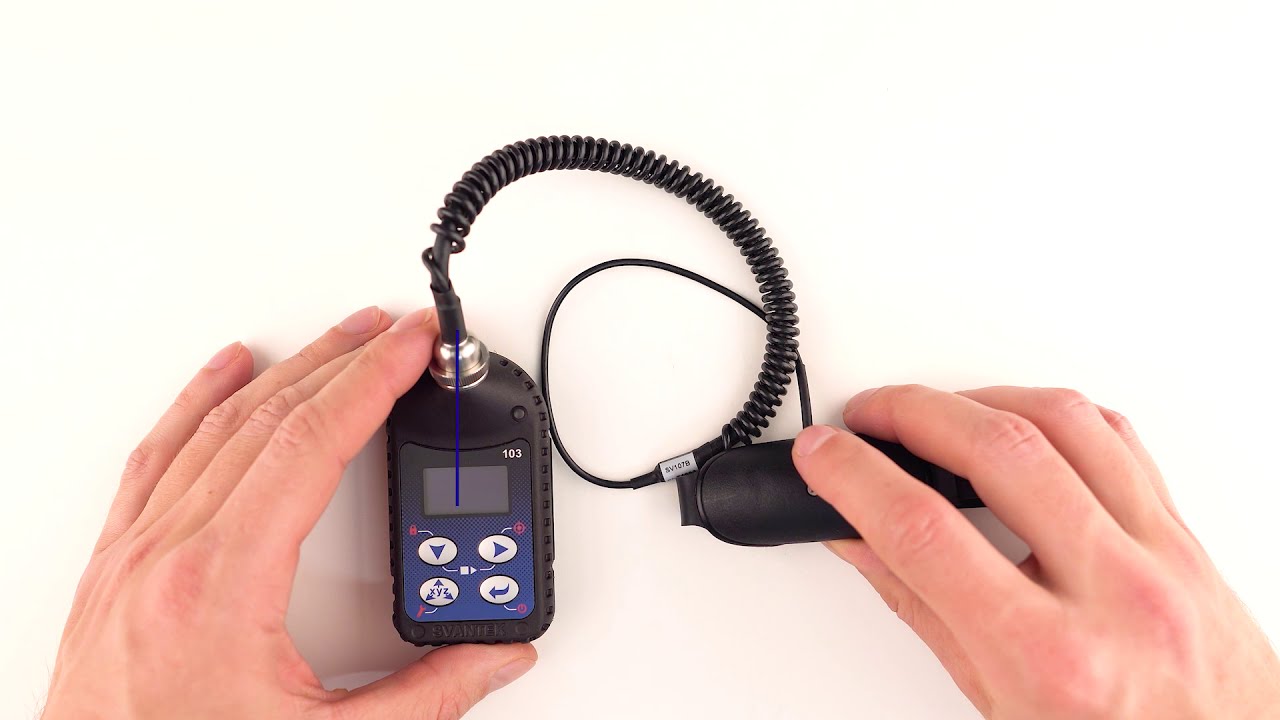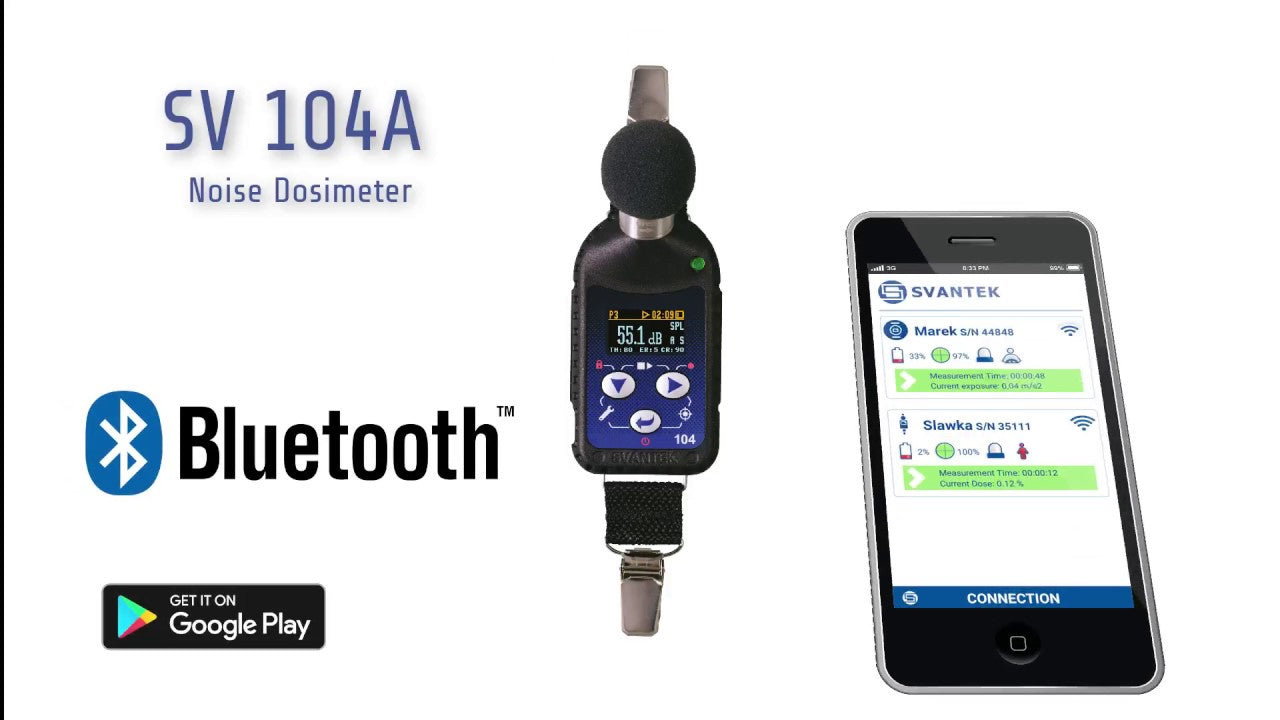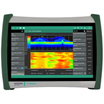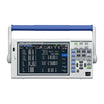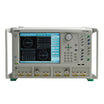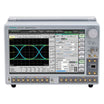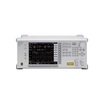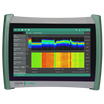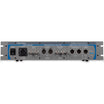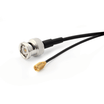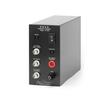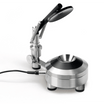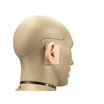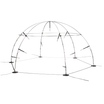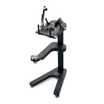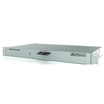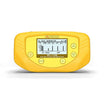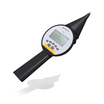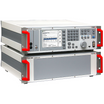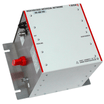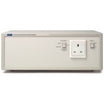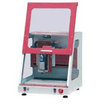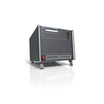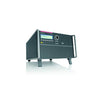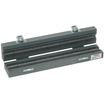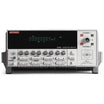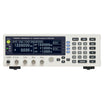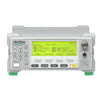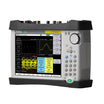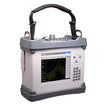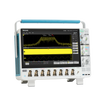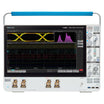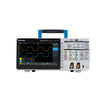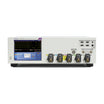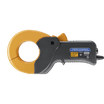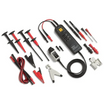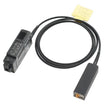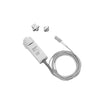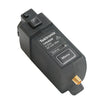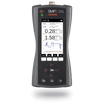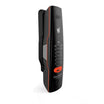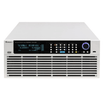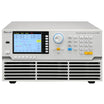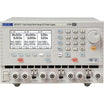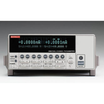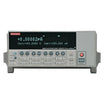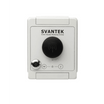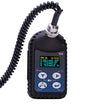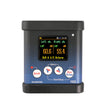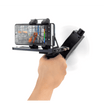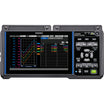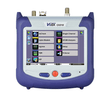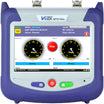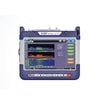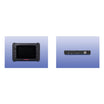Hand-arm Vibration
How do you measure hand-arm vibration?

Definition
Hand-arm vibration occurs when one or both of the upper limbs is in contact with vibrating hand tools (e.g. hand-held power tools, pneumatic drills, vibrating machines, steering wheel, and levers to control vehicles).
Sources
Most common hand-arm vibration sources are vibrating hand tools such as chainsaws, angle grinders, pedestal grindings, chipping hammers, hand-guided machines, or steering wheels. The effect of vibration is strengthened by cold temperatures.
Vibration monitoring
Many workers are exposed to occupational vibration daily. Occupational exposure to vibration can lead to hand-arm vibration syndrome (HAVS). Workers who are exposed to occupational noise should be monitored for signs and symptoms of HAVS.
Vibration white finger
Changes in the human body resulting from contact with mechanical vibrations are recognized as an occupational disease called “vibration syndrome” (or “vibration disease”). The symptoms of HAVS include tingling, numbness, pain, and weakness in the hands and fingers. The increased risk of HAVS can be aggravated by other factors such as exposure to cold temperatures. HAVS is a progressive condition that can lead to permanent loss of function in the hands and fingers. The only effective way to avoid vibration disease is by prevention.
Assessment
Measure
Risk assessment
Instrumentation to be used for hand-arm vibration assessment by ISO 5349 is fully specified in ISO 8041. In particular, ISO 5349 specifies the general requirements for the measurement and evaluation of workers exposed to hand-transmitted vibration. It is supplemented by the information given in ISO 5349-2, which gives practical guidance for the implementation of appropriate measurement and evaluation techniques at the workplace.
How the hand-arm vibration is measured?
According to ISO 5349, hand vibration should be measured in place, or at the point of contact with the hand tool. The best location in the center of the handle is the most representative location. ISO 5349 suggests using lightweight sensors to reduce measurement errors. Measurements directly at the hand are performed using special adapters and measurement in all three axes is recommended.
Hand-arm vibration exposure
The average duration of vibration exposure consists of short periods in which the operator is in contact with the tool. Measuring hand-transmitted vibration time should include a representative tool operation time and the measurement should start from the moment the vibrating device is touched and should end when the contact is broken or the vibration stops (ISO 5349-2:2001).
The fundamental parameter used in the measurement of hand-arm vibration is the vector sum of tri-axial vibration called ahv which is the basis for the calculation of daily exposure A(8). To identify the daily exposure it is necessary to identify all the sources of vibration, which means identifying all working modes of tools (e.g. drilling with a hammer and without), and changes in the conditions of use of the device. This information is necessary for the proper organization of measurement and to include as many common tasks of the operator during which he is exposed to hand-arm vibration. Daily exposure should be calculated for each source of vibration. After determining the sources of mechanical vibrations affecting the employee, the next step is to choose the most appropriate accelerometer mounting.
Vibration limit values
When it comes to hand-arm vibration syndrome, exposure duration is a key factor. Studies have shown that workers exposed to vibration who exceed limit values are at risk of developing the condition. Symptoms include numbness, tingling, and pain in the hand and fingers. In severe cases, workers may also experience difficulty gripping or holding objects. If you work with power tools or other machinery that produces vibration, it’s important to take breaks every few hours to reduce your risk of hand-arm vibration syndrome.
Hand-Arm Vibration Chart
The hand-arm vibration chart is used for hand-arm vibration testing. The chart is based on ISO 5349-1 Wh frequency weighting for hand-arm vibration. The top of the chart is located at 8 to 10 Hz where are the most harmful resonant frequencies for hands and arms. A hand-arm vibration chart is a valuable tool for exposure assessment and the prevention of vibration white finger (hand-arm vibration syndrome).
Contact force
Improved methods of hand-arm vibration exposure measurement have been defined by ISO 5349 as the ones using additional factors such as contact force to decrease the uncertainty of exposure time. Contemporary, very small force transducers can be fitted right next to the MEMS-technology-based vibration accelerometer in a form of a hand-arm adapter as specified by ISO 5349-2 and ISO 10819. With such an effective solution it became possible to perform continuous measurements throughout the whole working day which decreases the uncertainty of the sample limitation. The time-history of contact force values proved important in determining the true exposure time by simple selection of the force threshold level and this was backed up by the analysis of spectrograms.
Simultaneous measurement of contact force and the vibration is necessary because different coupling forces applied by operators on handheld vibrating tools influence differently the stage of transmission of vibration in the upper limbs. Contact force modifies exposure to vibration and the health effects it causes. Moreover, the cumulative exposure of force and vibration on the cardiovascular system, nervous system, joints, and muscles should be considered.
Hand-arm vibration syndrome
Hand-arm vibration syndrome (HAVS) is a condition that can develop from exposure to vibrating tools and machinery. The condition is characterized by pain, numbness, and tingling in the hands and arms. In severe cases, HAVS can lead to permanent damage to the nerves, blood vessels, and joints. Some of the most common symptoms of HAVS include vibration induced white finger (Raynaud’s phenomenon), reduced grip strength and blood flow in one or more fingers, and loss of sensation in the fingers. The condition is caused by repeated exposure to vibrations, which damages the blood vessels and nerves in the hands and arms. HAVS is most commonly seen in people who use vibrating tools regularly, such as jackhammers, power saws, and sanders. The best way to prevent HAVS is to wear gloves and other protective gear when using vibrating tools. If you think you may have HAVS, it is important to see a doctor so that you can get treatment and take steps to protect your health.
How to avoid hand-arm vibration syndrome?
To reduce exposure risk, employers should provide workers with personal protective equipment, such as anti-vibration gloves, and educate them on vibration limits. Employers should also implement engineering controls, to reduce the use of tools that generate too much vibration. Implementing a job rotation also prevents exceeding vibration limits. By taking these precautions, employers can help protect workers from hand-arm vibration syndrome.
Hand-arm vibration syndrome tests
The tests commence with a measure of grip strength and finger dexterity. Neurological tests involve the determination of vibrotactile perception thresholds (using the Vibrotactile Perception Meter) and thermotactic perception thresholds for hot and cold (using the Thermal Aesthesiometer). The test measures the individual’s ability to detect changes in vibration and temperature. The subject’s threshold is the minimum intensity required to produce a feeling of vibration or heat. A lower threshold indicates a more sensitive touch. The test is important in determining whether an individual has any loss of sensation due to nerve damage. It can also be used to assess the efficacy of treatments for conditions such as diabetes, which can cause peripheral nerve damage.
Carpal tunnel syndrome
Carpal tunnel syndrome is a condition that affects the hand and arm, causing numbness, tingling, and pain. The syndrome is caused by the compression of the median nerve, which runs from the forearm to the hand. The syndrome can be caused by repetitive motions of the hand and arm, such as typing or using a mouse. The syndrome can also be aggravated by hand-arm vibration syndrome, which is caused by exposure to vibrations from hand held vibrating tools such as power drills. The severe symptoms condition requires clinical assessment and can be treated with splints or surgery. Carpal tunnel syndrome can also be prevented by maintaining good blood flow to the hand and arm and avoiding repetitive motions.
